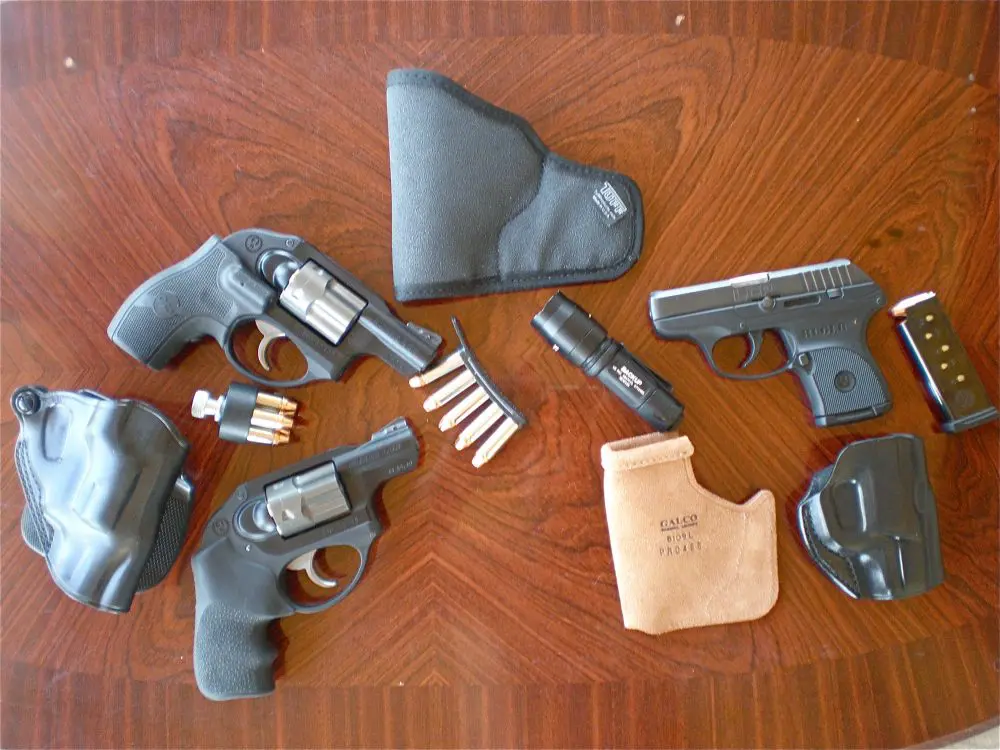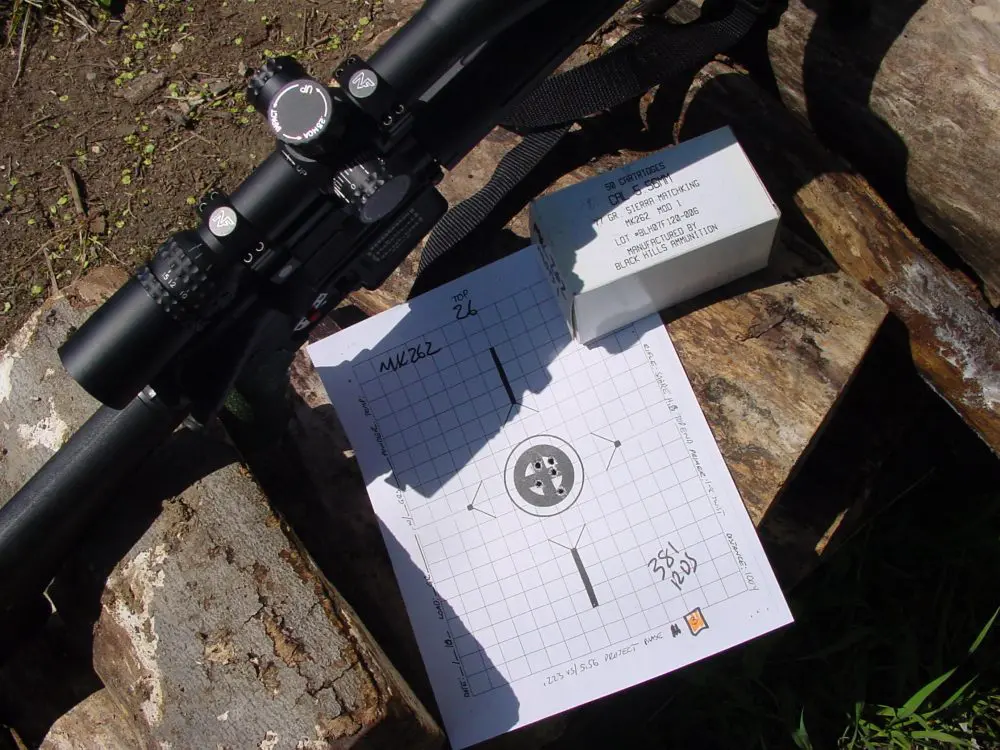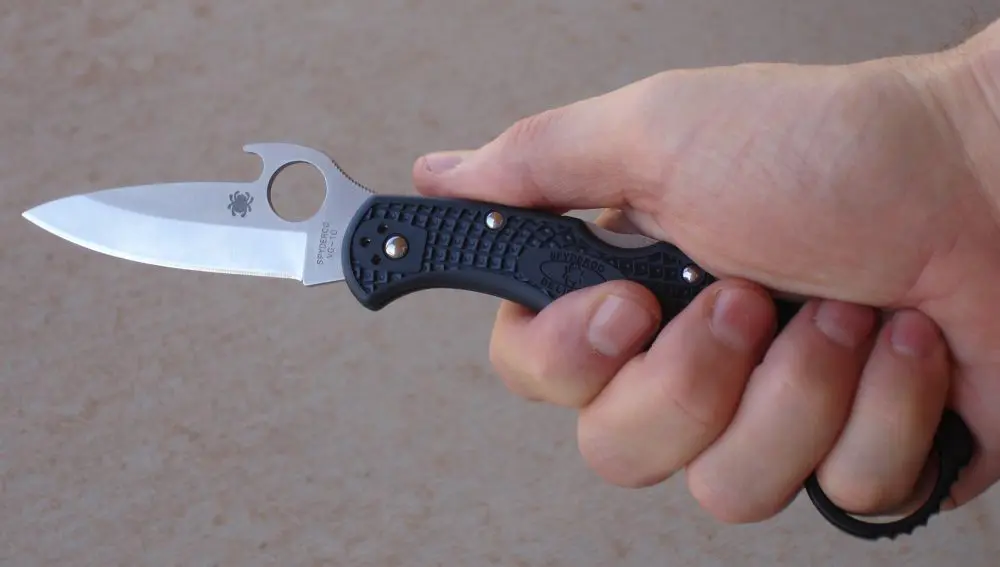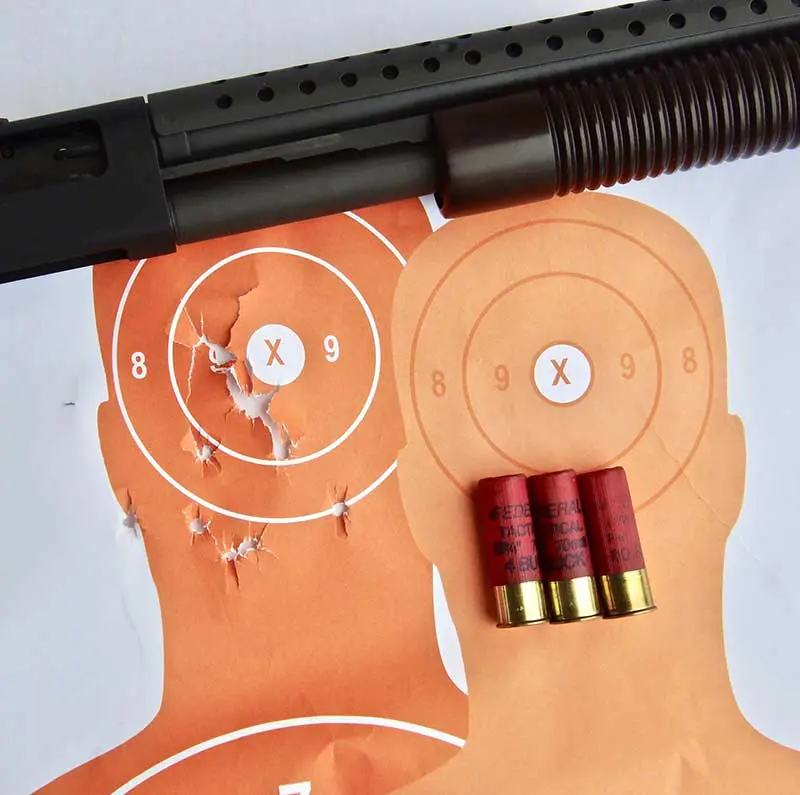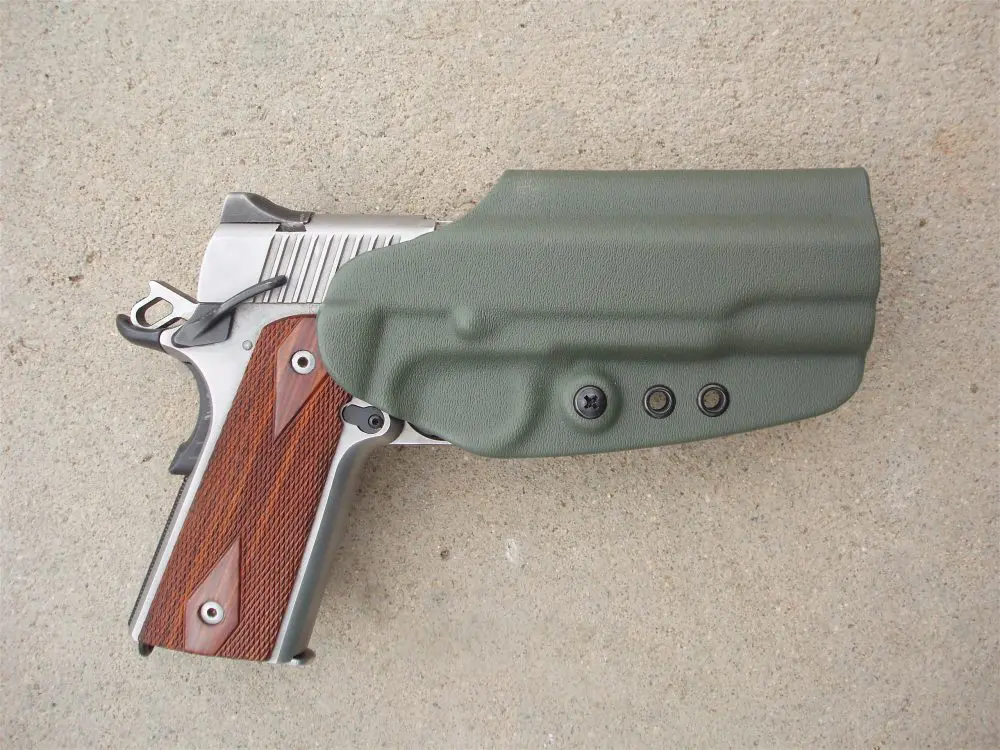Lone Wolf Knives® Paul Defender™ was the winner of the prestigious “Overall Knife of the Year” award at the 2009 Blade Show.
The design of the Paul Defender is the result of collaboration between Lone Wolf designers and Paul Poehlmann, inventor of the patented Paul “Axial Locking Mechanism.” The semi-custom Defender combines a stunning appearance, precise fit and finish, premium materials, and one of the strongest locking mechanisms in the world to create what Lone Wolf refers to as a “Gentleman’s Tactical Knife.” Very few knives on the market exhibit this level of quality and precision.
Paul Poehlmann is a legend in the knife industry. He holds over 40 U.S. and foreign utility patents and numerous design patents. Over 20 of his patents are related to folding knife mechanisms. Paul Knives with the Axial Lock were some of the first one-handed manually opening knives. They spawned a flurry of designs that were attempts to achieve one-handed opening without violating Paul’s patents.
Patented Paul Axial Locking Mechanism locks blade in both open and closed positions. It also makes Defender fast to open and close with one hand. Pocket clip can be reversed for right- or left-hand carry. Photo: Lone Wolf Knives
Lone Wolf Knives is the exclusive manufacturer of Paul Knives. The one-handed opening Paul Axial Locking Mechanism locks the blade in both the open and closed positions, while also bolting the blade and liners together. It is one of the safest and most secure locking systems. The precise fit and operation of the Axial Lock make opening and closing the knife unbelievably smooth. At no time do your fingers cross the path of the blade.
The Paul Defender features a 3.9-inch blade—the longest blade in the Lone Wolf Paul Knife series. Blade thickness is .125 inches. The single-edge, needlepoint, flat-ground blade is designed for both penetration and slicing. The overall length of the knife when open is nine inches. It measures 5.125 inches closed and weighs 4.2 ounces.
The blade of the Paul Defender is made of 154CM high-carbon stainless steel at 59-60 RC hardness. 150CM is one of the best all-around blade steels. Originally developed by Crucible as a high-temperature alloy for use in jet fan blades, 154CM is an American-made, premium-grade stainless steel that offers great corrosion resistance with very good toughness and edge quality. Lone Wolf Knives heat treats, tempers and cryogenically freezes the blade to maximize the performance of the steel.
The standard Paul Defender is available with either checkered AAA exhibition-grade natural cocobolo or textured black G10 handles (scales). The Defender is also available with 3-D carbon fiber handles and titanium nitride coated liners/frame and blade. Special limited editions of the Paul Defender are also available. Lone Wolf Knives provided a cocobolo and a G10-handled Defender for evaluation.
Paul Defender with cocobolo handles (Model LM23750) won prestigious “Overall Knife of the Year” award at 2009 Blade Show. Very few knives on the market exhibit this level of quality and precision. Photo: Lone Wolf Knives
Cocobolo is the hardest of the rosewoods. It is an exceptionally beautiful wood. Lone Wolf Knives uses only the highest grade of cocobolo. The Defender with cocobolo handles is truly a work of art.
G10 is a fiberglass epoxy laminate. It is made of layers of fiberglass that are soaked in epoxy resin and then compressed and baked. It is impervious to moisture and virtually indestructible.
The scales are held in place by precision screws and escutcheon cups. All of the metal components on the Paul Defender are made of stainless steel for easy maintenance and reliability. All screws are Torx head screws.
The Paul Defender’s frame features thumb notching just behind the blade on the top of the handle and a tapered-forward design. These features, along with checkering or texturing on the handles, provide a secure grip.
The Paul Defender is designed for tip-down carry. It can be adapted to either right- or left-hand carry by simply switching the handles and pocket clip. The sleek design makes it well suited for pocket carry.
Patented Paul Axial Locking Mechanism locks blade in both open and closed positions. It also makes Defender fast to open and close with one hand. Pocket clip can be reversed for right- or left-hand carry. Photo: Lone Wolf Knives
To open a Paul Knife, simply depress the interlock button on the knife, rotate the Axial mechanism (or swing the handle) 180 degrees clockwise and then release the interlock button to lock the blade. To close the knife, simply reverse the process. Lone Wolf has videos on its website that demonstrate opening and closing techniques.
The Paul Defender is a beautiful upscale tactical folder. The Defenders provided to the author are exquisite and finely crafted knives. Their fit and finish are flawless.
The Lone Wolf Paul Defender with cocobolo handles has an MSRP of $219.99. The Defender with G10 handles retails for $199.99. The Defender with 3-D carbon-fiber handles and titanium nitride coated liners/frame and blade is listed at $299.99. Paul Knives have proven to be good investments, having appreciated in value over the years. All Lone Wolf Knives are 100% made in the USA and come with a lifetime warranty.
SOURCE:
Lone Wolf Knives
Dept. S.W.A.T.
9373 SW Barber Street, Suite A
Wilsonville, OR 97070
(800) 442-2406



